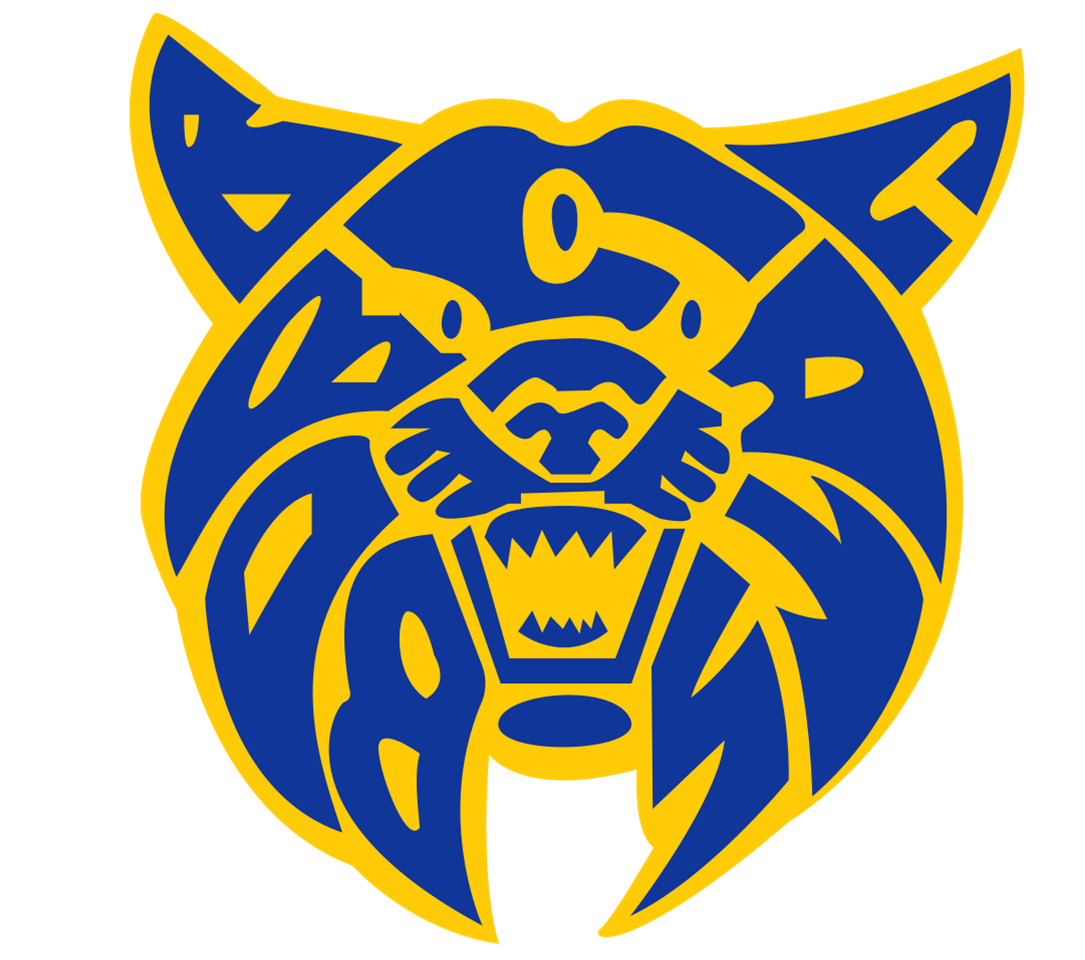Have you ever wondered how fireworks are made? Well, foundations of science students found out. Earlier this quarter, they spent a few weeks learning about the periodic table and atomic structure, all leading up to a phenomena-based flame test lab. In this lab, they learned that different chemical compounds produce different colored flames when burned. For example, strontium chloride burns red, copper chloride burns blue, and potassium chlorate burns purple.
In this lab, students were tasked with becoming detectives to solve an imaginary crime where a suspect stole a compound used in the production of blue fireworks. To solve this crime, they had to test five different compounds that were “confiscated” from the suspects to figure out who was guilty. Upon getting a blue flame test result, they knew that suspect four was the guilty culprit responsible for the crime.
The reason why students get different flame test results for different substances all ties back to the substances’ unique atomic structures. When they added heat energy to the substances by lighting them on fire, the electrons within the atoms became excited, meaning they absorbed that energy. However, once the electrons absorb that energy, they become unstable and consequently release that energy as photons—or particles of light. Each photon has specific energy which corresponds to a specific wavelength and color of light we see. Thus, by adding certain chemical compounds to fireworks, we can determine the color that they will be.


